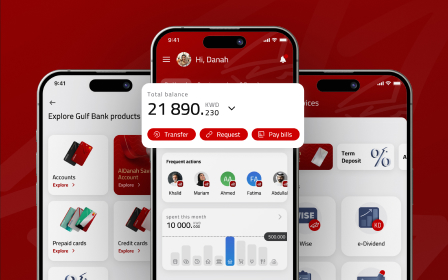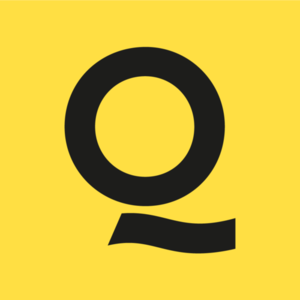Review of UX research methodologies

What Is UX Methodologies?
Each business pursues one common need, and this need is complete user satisfaction. We work for people – that’s something everyone will agree on. Thorough research of who your target audience is comprised of, what the potential customers want and expect is the number one step to better sales and business improvement.
UX research is the best way to recognize potential customers’ needs. This is a method to identify preferences, define goals, build a behavior model. UX research is a source of significant information for UX/UI design company. And today, we would like to share our thought and knowledge about UX processes and methodologies you will find beneficial for your business.
The Definition Of UX Methodologies
Everything, from passive observations to surveys and A/B testing, contributes to effective UX research. This type of investigation provides the opportunity to enhance UX design, add new techniques or features, and improve the software app or website considerably.
Lean UX methodologies belong to the set of user-centric approaches. Their key goal is to design cycle optimization using numerous iterations without modifying the existing documentation.
UX methodologies research is built with practices borrowed from other industries and fields of occupation. For example, you will find methods used for academics or market research, etc. But each of them is special. Each of them is customized for the UX design needs.
Why do you need to keep a hand on a pulse of design methodologies and their research? It allows visualizing the design processes from the user’s perspectives. UX methodologies emphasize the end-user impressions and wishes, they help to provide better services and recall positive feedback.
Introduction to UX Testing Methodologies
Before proceeding with UX research methodologies, let us talk about research in general. It consists of 2 important steps:
- Data collecting;
- Data processing.
What does your project usually start with? Basically, the project managers gather the requirements and analyze the market in order to define the user’s basic needs. This stage may include various meetings and discussions, surveys and interviews, reviews and analysis. After the key goals are defined, the developers optimize the solution according to the investigated needs. The process does not end with this. Continuous testing and interviews help to improve the product.
Improving the product or service is the only way to multiply the revenue and make a name for yourself.
We characterize the lean UX design methodologies with 2 types of data:
| Quantitative Data | Qualitative Data |
|---|---|
| This is where the actual numbers belong. Numerical results of surveys and statistic data help to understand what your users do when they visit your website. | The results of a simple conversation usually provide more abstract data. It helps to understand the reasons the user takes one or another step. |
A combination of these techniques forms the user-centred approach.
6 Best UX Testing Methodologies for Research
Our list of UX methodologies includes top tried and tested approaches we recommend using for high-quality research.
1. Card Sorting
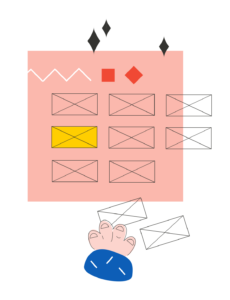
The essence of the method is as follows: you write words or pieces of phrases on cards, and then ask the user to categorize or label these cards.
The method is helpful when defining if you are generally heading in the right direction. With numerous online tools, you get the opportunity to collect information from remote users without having to arrange special meetings or live interviews. It is a fast and convenient method that requires thorough organization.
The advantages of card sorting:
- It is cheap and requires no extra costs;
- It is quite easy to understand for the user;
- It is helpful at the early stages of the UX optimization.
The disadvantages of card sorting:
- You need to dive deeper into the psychological specifics of this method in order to choose the right sorting and prepare the cards;
- Some of the software tools for card sorting require a fee.
2. Expert Review
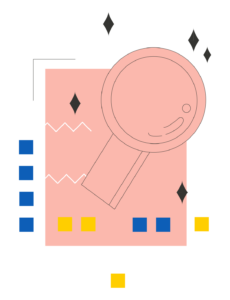
- Examining the product;
- Looking for issues;
- Checking the accessibility and usability.
There are no guides to help the expert to fulfil this task. Different professionals have their own points of view and tips for the best expert review. Mainly, the expert’s actions depend on their experience and the product. If we talk about a website or web solution, the expert’s responsibilities are close to what a QA engineer does when testing software. However, with different products and services, the actions differ.
The advantages of expert review:
- It is a relatively quick component of UX research;
- It is easy – no great effort required;
- It is not too expensive as you pay for the expert’s services only;
- You can enhance the experience and deepen the expertise to become an expert yourself;
- It is a great source of information for further UX research.
The disadvantages of expert review:
- It is pretty hard to find a real expert;
- This method needs to be combined with others in order to achieve a good result.
3. Eye Movement Tracking
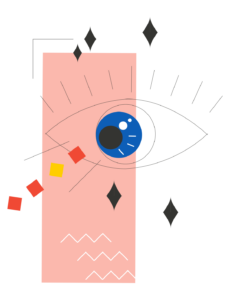
This method was created for academic research and now is actively used in various industries, for example, medical institutions.
The advantages of eye movement tracking:
- The variety of advanced technologies allow choosing the most suitable one;
- The tools used for this research are not bulky anymore;
- If your project’s budget is big enough it will not be an issue to add the eye tracking system;
- The results of the research are easy-to-reproduce, precise and reliable.
The disadvantages of eye movement tracking:
- To collect data you need users sitting in your cabinet right in front of the eye tracking system;
- The described systems are rather expensive, and won’t fit a smaller project’s needs.
4. Field Studies
Field studies are a wide range of techniques and methods used for user behavior understanding and analysis. The behavior is observed right in the user’s context.
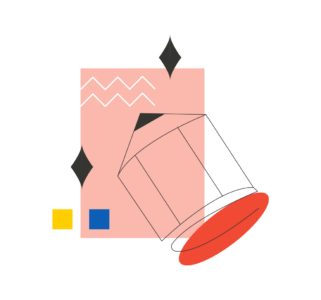
It includes different types of activities, so let’s take a look at the most common ones:
- Direct Observation
Direct observation focuses on the user “in the wild”. It is a good choice for discovering the user’s live vocabulary, understanding how the user interacts with a product, etc.
- User Tests
This includes the standard usability testing connected to adaptive interviews. You collect the information by asking direct questions about the user’s tasks, impressions and challenges. Also, you get an opportunity to improve the questions: the more questions you ask, the better you know what to ask next.
- Ethnographic Research
This method views the user as a member of a global group. It allows creating mental models and forecasting various social situations. This method is good for the business owners whose target audience’s culture differs from their own.
The advantages of field studies:
- With no exaggeration, this is the best way to collect data about the user’s behavior;
- The outputs not only provide you with information but also suggest the ways to solve the issues.
The disadvantages of field studies:
- This method requires the user’s active participation, so you need to have a large audience to ensure the accuracy and efficiency.
5. Usability Testing
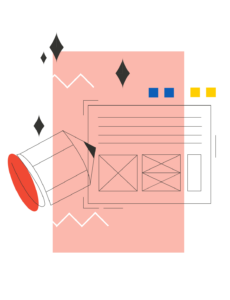
The advantages of usability testing:
- This is a way to collect accurate useful data;
- In most cases, the users don’t mind participating in this sort of activities;
- It is suitable for various businesses as it allows both lab testing and online testing.
The disadvantages of usability testing:
- Preparing the tests, as well as analyzing the outcomes, requires a lot of time, knowledge and energy;
- If you need some particular software it may cost you extra money.
6. User Personas
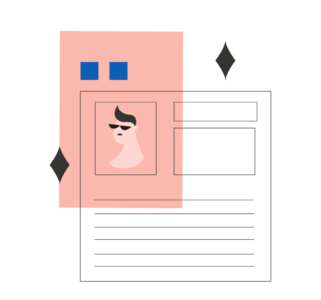
- user’s goals;
- main characteristics;
- key attitudes;
- general expectations.
To create the right user personal you should start with some other UX methodologies. Without a proper start, you simply will not have a full portrait of your perfect user.
Usually, each UX persona’s profile is given a real name and story. They are the fuel for the creator’s imagination. They help to focus on the users and constantly keep in mind their vision, expectations and needs.
User personas methodology is more common in developed, well-established businesses. Global companies have whole teams of people responsible for designing user personas. On the contrary, small companies often use the other, simpler and faster methods.
The advantages of user personas:
- This is a level up from a traditional user profile;
- The methodology provides the possibility to get a closer look at the target audience;
- User personas can easily become a part of a team and thus, contribute to product development;
- This is a fun methodology that engages the team representatives and adds some entertainment to routine work.
The disadvantages of user personas:
- It requires time, dedication and skills to design the right and precise model.
Final Thoughts
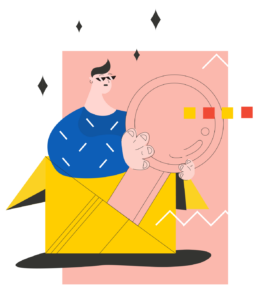
Each of the above-described approaches requires your full attention and dedication. And the more thoroughly you will work on implementing the particular methodology, the better results it will bring to your business.
The earlier you start, the earlier you will see the results. So, take a breath and start improving!

